Unless you live in the Southern Hemisphere at the moment, chances are you’re going to experience some chilly riding days this year. Being prepared can mean the difference between an enjoyable ride and a miserable one. Outright negligence in cold weather can cost you a finger or a toe, or worse… your life.
Most people know about frostbite, but what they often do not know is that it doesn’t have to be subzero temperatures for the cold to harm you. Hypothermia can kill you when the temps are only in the 50s, but that’s another topic for another day. There are other, more likely, injuries that will affect most riders this season, especially if you race cyclocross or mountain bike long distances in the winter.
What most riders don’t know about some cold weather injuries is that they can cause lifelong, irritating symptoms. If you have decided to hang your bike on the wall until spring rolls around, remember that skiers and snowboarders are also susceptible to these same injuries.
Frostbite
So, let’s start with something most people know a little something about. Frostbite is a severe, localized injury usually brought on by subzero temperatures and worsened by high winds and wet conditions. It occurs in areas with poor collateral circulation (think: places on your body without an alternate blood supply if the pipeline gets frozen), such as the nose, ears, fingers, and toes.
Frostbite is divided into four degrees of severity. You may not remember them all while riding on the trail, but you should remember which symptoms cause you to freak out a little and go see a doctor:
1. First-degree frostbite is very superficial, common, and is easily recognizable by pale skin, mild swelling, and numbness. Your fingers or toes may get a numb feeling and waxy appearance. This usually isn’t a big deal in the grand scheme of things.

2. Second-degree frostbite is obviously worse, with more severe swelling, and blisters surrounded by reddish/pinkish skin that have a clear fluid in them. These symptoms can actually occur up to a day after riding in the cold. The blisters may slough off too, leaving a black tissue called eschar, but the good news is that you won’t have permanent tissue loss.
3. Third-degree injuries affect deeper areas of skin. Blisters are often filled with blood, and when the skin falls off the resulting eschar can last for weeks or months, causing permanent tissue damage. These are pretty ugly looking, and prompt a more astute individual to seek medical attention asap.
4. Fourth-degree frostbite injuries are the McNasty, as you might imagine, because the cold exposure is so extensive it freezes muscle and bone and rots tissue. These injuries actually mummify tissue in just a few days. Fingers and toes literally fall off because the tissue rots. These are most common during extreme winter endeavors, like summiting Everest.
My recommendation would be to see a physician if any blisters start to appear, even if it is days later. Most experts recommend that you avoid further cold exposure for at least 12 months if you sustain a second degree frostbite (or greater)… yikes!
Immersion Foot
Another common cold-weather injury for winter cyclists is Immersion Foot. Commonly called “Trench Foot,” it was so named because it was first described in 1914 during WWI trench warfare.
It is different from frostbite because it is a NON-freezing cold injury that can cause long-term tissue damage by damaging nerves and vasculature, usually in the feet. It notoriously plagued the British soldiers who invaded the Argentina Malvinas Islands, now known as the British Falkland Islands (guess who won), to secure proximity fresh water rights from Antarctica. I digress a little, but the point is that this conflict occurred over 30 years ago in 1982, and soldiers are still being treated in the UK for chronic pain caused by immersion foot. In fact, some have unfortunately committed suicide because their pain could not be controlled.
So how does this affect you, a non musket-toting rider just truckin’ along on the shiny, new bike you splurged on for Christmas? Well, immersion foot actually results from prolonged exposure of your feet in cold, damp conditions. Your feet actually are more susceptible with tight-fitting footwear with poor insulation (aka cycling shoes). If you play outdoors for several hours, or even go on several shorter trips back-to-back, you could develop this condition if your feet stay cold and damp.
You can spot Immersion Foot because the skin on your feet and toes will turn red, become swollen, and it will be painful… and stay that way as long as your feet are in the mix. Trust me, you don’t want it. If you don’t believe me, just ask one of those redcoats with the big, puffy, black hats next time you visit London (just kidding, they won’t talk to you).
That being said, most winter riders are unlikely to develop full-on Trench Foot, but most of us are probably going to experience the milder forms of it at some point during our frosty escapades. These milder forms are known as Frostnip and Pernio, and I’ve already had both of them this winter season thanks to my obsession with fat bikes.
Frostnip refers to localized paresthesias, or numbness, brought on by the cold that resolves with re-warming, and fortunately there is no permanent tissue damage. Almost everyone has had this at some point, and it is no big deal.

Pernio occurs when you expose your feet repetitively to cold, damp conditions above the freezing point. They become swollen, are often red or purple, and can be itchy, soliciting that uninvited, painful pins-and-needles feeling. Also, pernio hurts like a mo’ when you re-warm your feet too quickly in a nice warm post-ride shower.

Prevention
Grandma was right: an ounce of prevention is worth a pound of cure. You have already proven yourself an educated person by reading articles on Singletracks.com, so I bet few of you ride prepared. But just in case…
Check the forecast: First things first: pay attention to the weather forecast, especially the humidity and the wind chill factor. These are Mother Nature’s Trifecta to do you in when you play outside. Plan out your ride, and ride your plan, having an emergency exit strategy in mind if you need to bail.
Dress appropriately: Layer up in non-cotton clothing and bring an extra layer or two in a backpack large enough to store them. Wear a beanie: you lose 90% of your body heat through your head. Protect your digits by wearing thicker winter gloves. Consider purchasing pogies if you ride in extremely cold and windy places. Prevent frostbite on your feet by wearing thick synthetic or wool socks with neoprene shoe covers if you ride in strong wind. Better yet, consider purchasing cold weather riding shoes.
Protect your body: Wear sunglasses and apply lip balm frequently… you can actually get frostbite on your corneas and lips (uh, ouch!). Save libations for when you are warm and toasty after a ride. Tobacco causes blood vessels to shrink down, reducing blood supply to ears, nose, fingers, and toes (causing frostbite). Conversely, alcohol causes blood vessels to open up wide, which leaks body heat to the surrounding environment (causing hypothermia). And no, they don’t balance themselves if you do both at the same time on a ride…
Don’t stop unless you have to: If you keep moving, even if it’s slowly, you will keep your heart rate up and retard cold injuries. Bring and consume about twice the amount of calories you normally would, and eat/drink often. You should know your body by now, so listen to it, but don’t underestimate the fact that conditions can change quickly.
Pre-Hospital Treatment
So what do you do if you think your fingers or toes might be freezing or start to burn?
First, try to get somewhere warm and remove any wet clothing. Pernio and Frostnip are no big deal, but you should probably cut your ride short to prevent further injury. If you think you may have frostbite, you should definitely call it quits. Don’t keep pushing it: go see a doctor.
Also, avoid walking on frostbitten feet, which actually causes tissue damage from tiny ice crystals in your skin, and do NOT rewarm frostbitten tissue if there is a possibility that it will freeze again before you reach definitive care.
To warm tissue, use body heat from warmer areas like the armpit or groin. Chemical rewarming packs are basically worthless. You can also use tepid (never hot) water to rewarm tissue slowly, but avoid the use of stoves or fires because the lack of feeling in frostbitten digits can cause burns.
Delphinide is a Board Certified Family Medicine physician, trained in the Navy, with significant experience in operational and field (wilderness) medicine.
Your turn: What are your experiences with cold weather riding? Have you suffered any cold weather ailments or injuries?



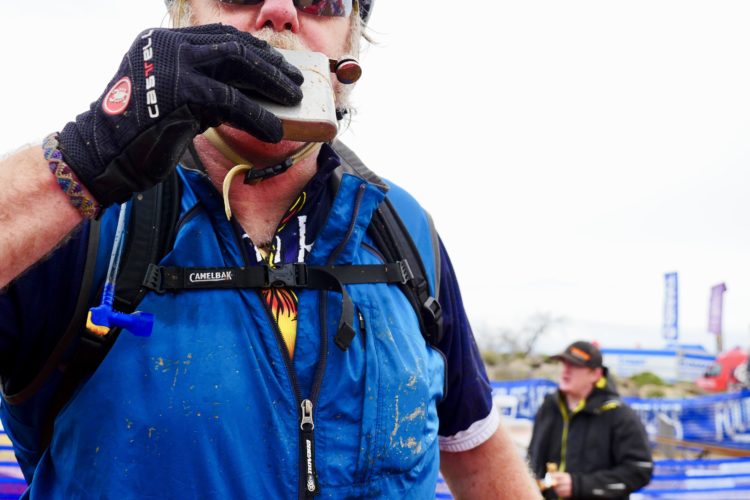
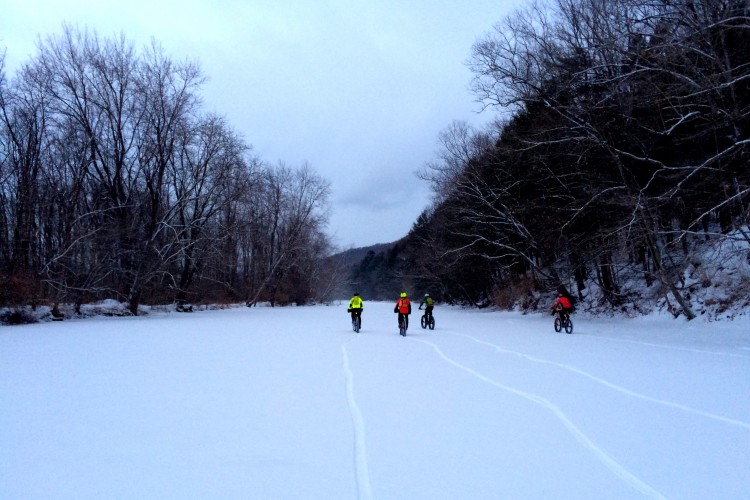
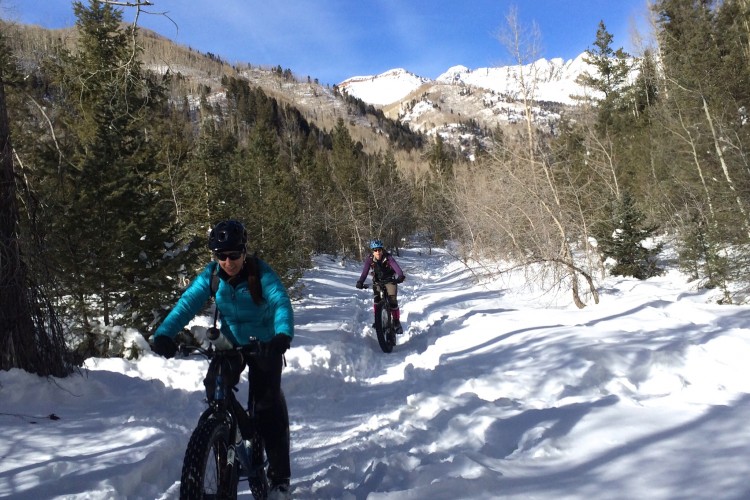
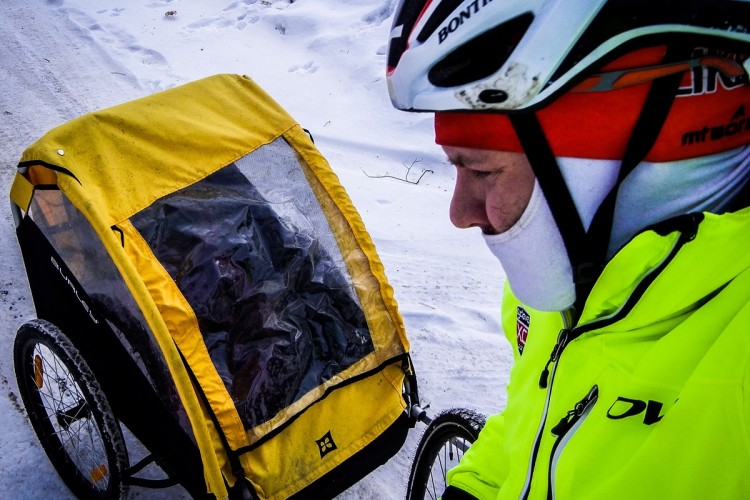
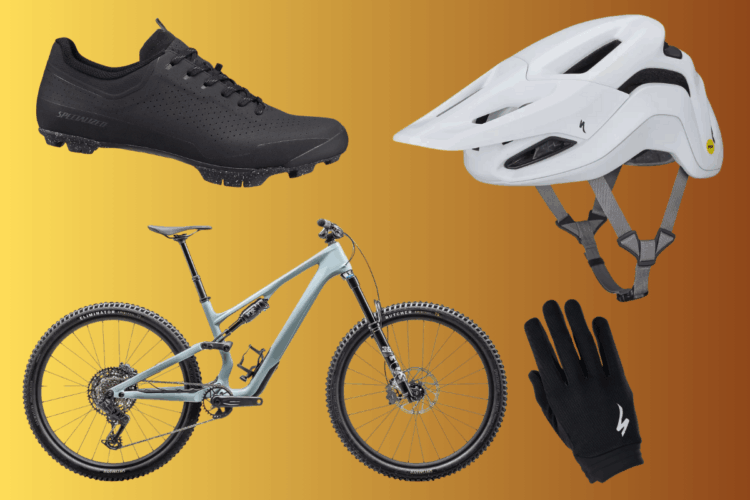
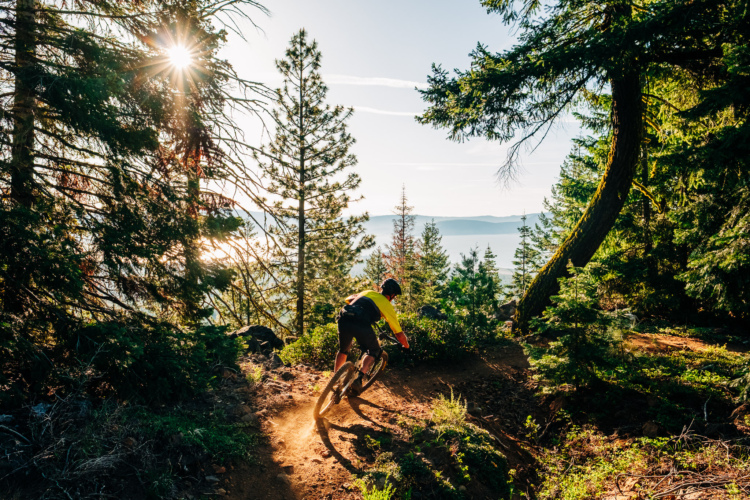
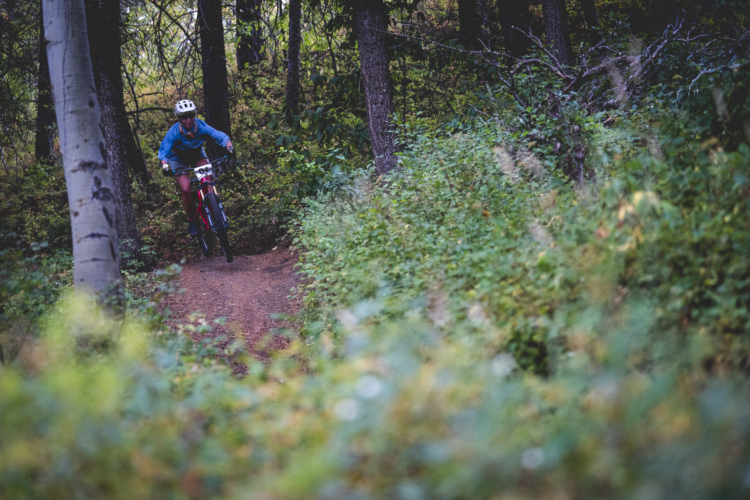
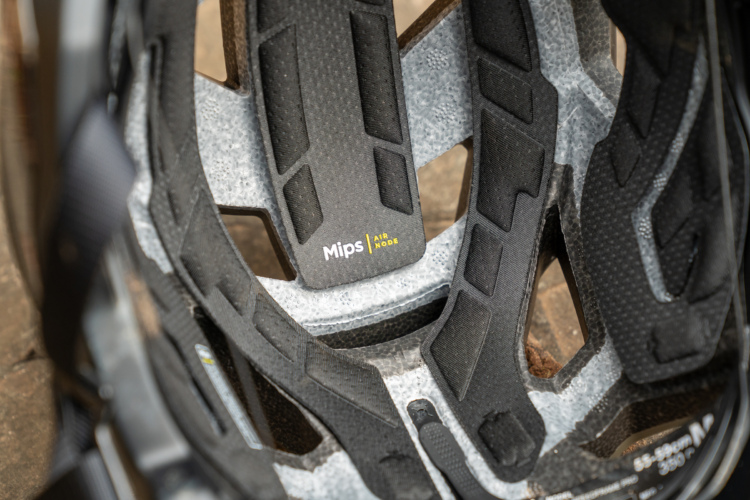

5 Comments
Jan 30, 2014
Jan 28, 2014
Jan 28, 2014
This reminds me: I need to find some toe covers that actually fit my shoes.
Jan 28, 2014
Jan 28, 2014